
CLICK THE LINK
Blepharoplasty
Several factors such as aging, sun damage, smoking, stretching and obesity can cause the eyelids to droop and sag as the supporting tissues weaken. This area of the face is often one of the first to deteriorate, as the skin of the eyelid is thinner than other areas of the face. Eyelids that droop or bulge can affect peripheral vision, making certain normal daily activities, such as driving, more difficult.
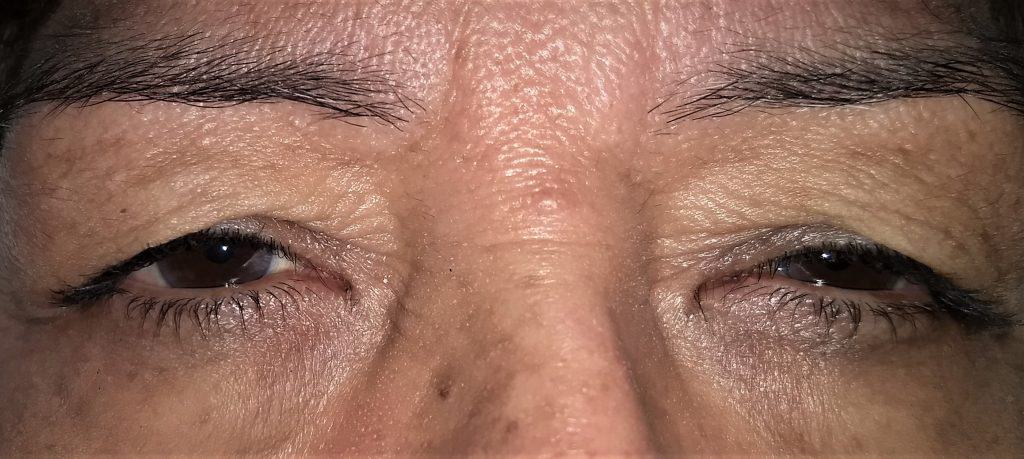
Droopy Eyelids, making the patient appear tired all the time!
If the eyelids begin sagging into the field of vision, a functional blepharoplasty, or eyelid surgery, may become necessary. This procedure can be covered by medical insurance if it is visually significant. A determination of how much this condition affects vision is done by checking the peripheral visual field with an instrument called the Humphrey Visual Field (HVF) Analyzer.
An upper blepharoplasty will tighten the muscles and tissue as well as remove excess fat and skin from the upper eyelids. Blepharoplasty can eliminate the drooping of the skin into the visual field, improving peripheral vision tremendously.
Cosmetic blepharoplasty can be performed on either the upper or lower eyelid or both. If no skin needs to be removed, a transconjunctival blepharoplasty can be performed, in which the incision is made inside the lower eyelid so there are no visible scars. This procedure has no effect on vision but offers a younger, more refreshed look that reflects across the whole face.
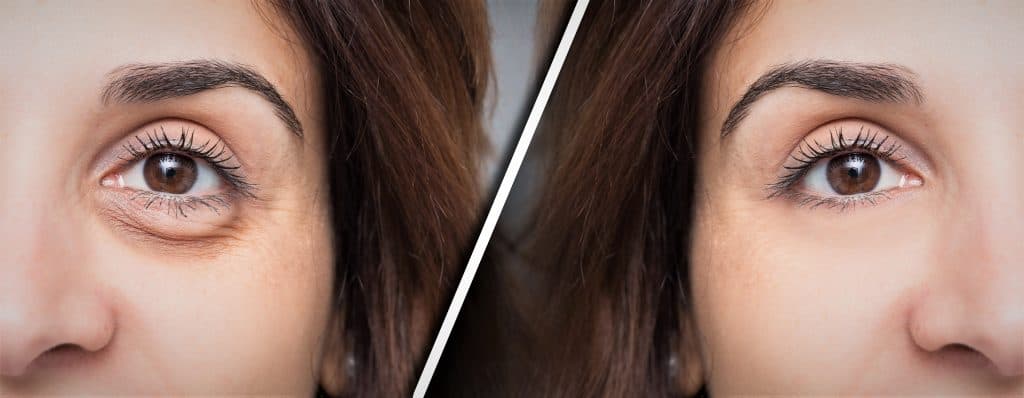
Lower lid blepharoplasty, Note appearance of bags under eyes. Pre and Post Op
Blepharoplasty is the most popular facial plastic surgery procedure after rhinoplasty. The popularity of this procedure reflects the importance the eyes have in perfecting overall appearance. In fact, two-thirds of adults consider the eyes to be the defining feature of the face. If you are unhappy with the appearance of your eyes, you may want to consider blepharoplasty to improve your look and boost your confidence through a safe procedure with minimal downtime.
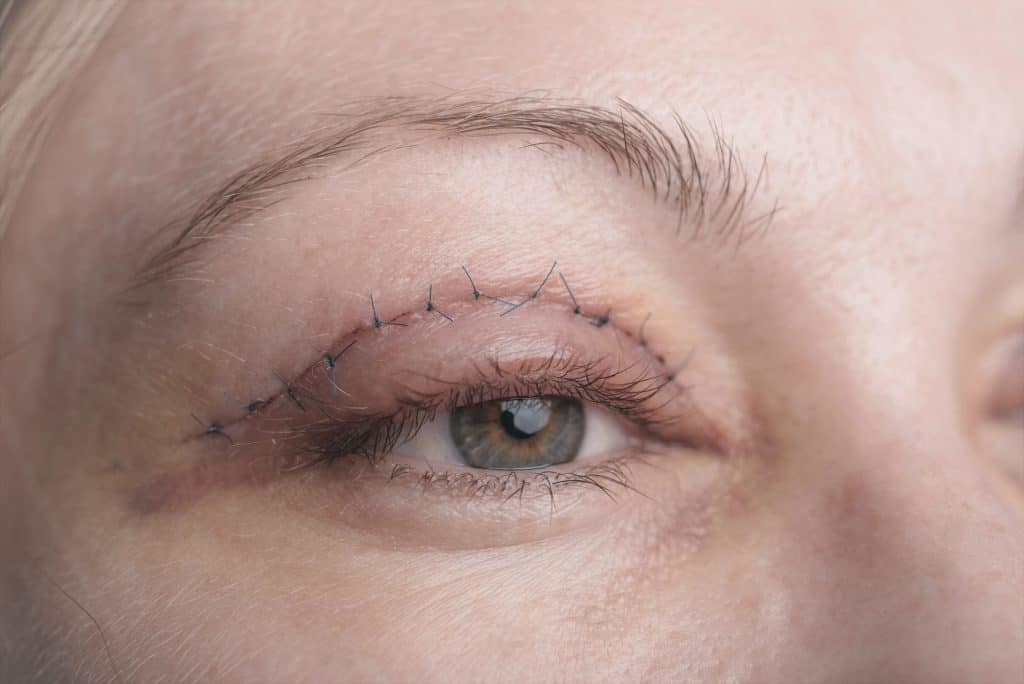
Postoperative Appearance 3 days after surgery
Eyelid Malpositions
There are several conditions that may cause the eyelid to become incorrectly positioned. Beyond the aesthetic factor, these malpositions usually need to be corrected because they can result in decreased vision and irritation of the eye. The major causes of eyelid malpositioning are:
Ptosis
Ptosis is a condition in which the eyelid droops. Ptosis does not involve excess skin or tissue in the eyelid. It is usually a result of aging, but some people develop ptosis after eye surgery or an injury, and some children are born with the condition. A brief surgical procedure can eliminate the drooping by lifting the eyelid and reattaching it to a higher location on the face. Patients who have excess skin around the eye may choose to undergo blepharoplasty at the same time as the ptosis repair.
Entropion
Entropion is a condition where the eyelid turns inward. Typically entropion occurs on the lower eyelid where the skin and lashes rub painfully against the cornea. This condition may cause the lid to either turn in constantly or only at times when the eyes are closed tightly. Entropion usually occurs as a result of the aging process, but other causes can include injury, congenital defect and various inflammatory conditions. A spasm can cause the lid to turn inward as well. Entropion can be corrected with a brief surgical procedure under local anesthesia. For entropion due to muscle weakness, the surgery may involve the removal of a small section of the eyelid to tighten the muscles in the area. When entropion is caused by scars or prior surgery, the procedure typically relies on a skin graft to allow a repositioning of the eyelid.
Ectropion
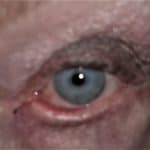
Ectropion
Ectropion is a condition where the eyelid turns outward. Typically ectropion occurs on the lower eyelid exposing the inner lid in either one section of the eye or across the entire lid. Ectropion prevents tears from draining from the eye correctly, resulting in irritation. Common causes of ectropion include aging, sun damage, tumors, burns and the removal of too much skin during blepharoplasty. Over time, if the condition is not treated, the cornea may become damaged due to abrasions, ulcers or infections, resulting in some loss of vision. Artificial tears and ointments can help provide temporary relief from dryness. Ectropion can be corrected in a quick procedure under local anesthesia in which the lid is tightened. Occasionally, the surgeon needs to graft a small segment of skin to ensure that the eyelid is fully repaired.
Eyelid Papilloma
An eyelid papilloma is a rounded growth that protrudes from the upper or lower eyelid. These are very common lesions that most frequently develop in middle-aged and older patients. Papillomas are most often benign, but in rare cases may be precancerous or malignant. Many patients opt to have these lesions removed even if they pose no medical risk for cosmetic purposes or because they are a source of discomfort.
The standard of treatment for most eyelid papillomas is surgical excision. Due to the proximity to the eye, especially if the lesion is near the margin, cutting it away is safer than most alternative procedures. After a local anesthetic is applied, your doctor will use surgical tools to remove the papilloma in its entirety. The procedure typically takes less than 30 minutes. Some patients experience mild bleeding or bruising at the treatment site afterward, but these usually resolve within a few days. Even after complete excision, there is a possibility that the papilloma will eventually return.
Chalazion (Internal Hordeolum)
Chronic, cyst-like lesions that have not been resolved with several weeks of lid margin scrubs and warm compresses may require surgical management. Topical drops of the eye and a local injection give the eyelid area anesthesia. A chalazion clamp is applied to the affected area and helps the eyelid during the procedure to evert and stabilize. As an office procedure with a local anesthetic, a posterior incision (on the inside of the eyelid), excision of the posterior cyst-like wall and curettage of the area concerned is performed. Less often, if the lesion “points” through the skin, an anterior incision is made through the skin. If a chalazion/hordeolum overlying skin has become thin and damaged due to chronic inflammation, suture wound repair is sometimes indicated. Typically, eye patches are not required. A combined eye drop (daily use) and/or ointment (evening use) for one week may be prescribed. The first few days after the procedure, Ice packs should be applied and warm compresses can then be resumed.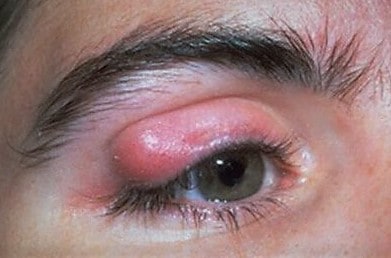
Chalazion and stye surgery recovery varies from patient to patient and also depends on the size, number, and location of the chalazia that requires removal. Over the first 3-4 days, swelling and redness of the area will be greatest and will slowly resolve over a few weeks. For up to 2-3 weeks, some drainage may be experienced as most of the wound healing occurs inside the eyelid. Occasionally, the eyelids may stick together during this time, especially upon awakening. Chalazion and stye surgery recovery tends to be longer than other limited eyelid procedures.
The Ophthalmologists of Eye Associates of South Texas perform these in the office under local anesthetic at all of their locations including San Antonio, New Braunfels, Seguin, Luling, Gonzales, Lockhart, Hondo, La Vernia and Castroville.

